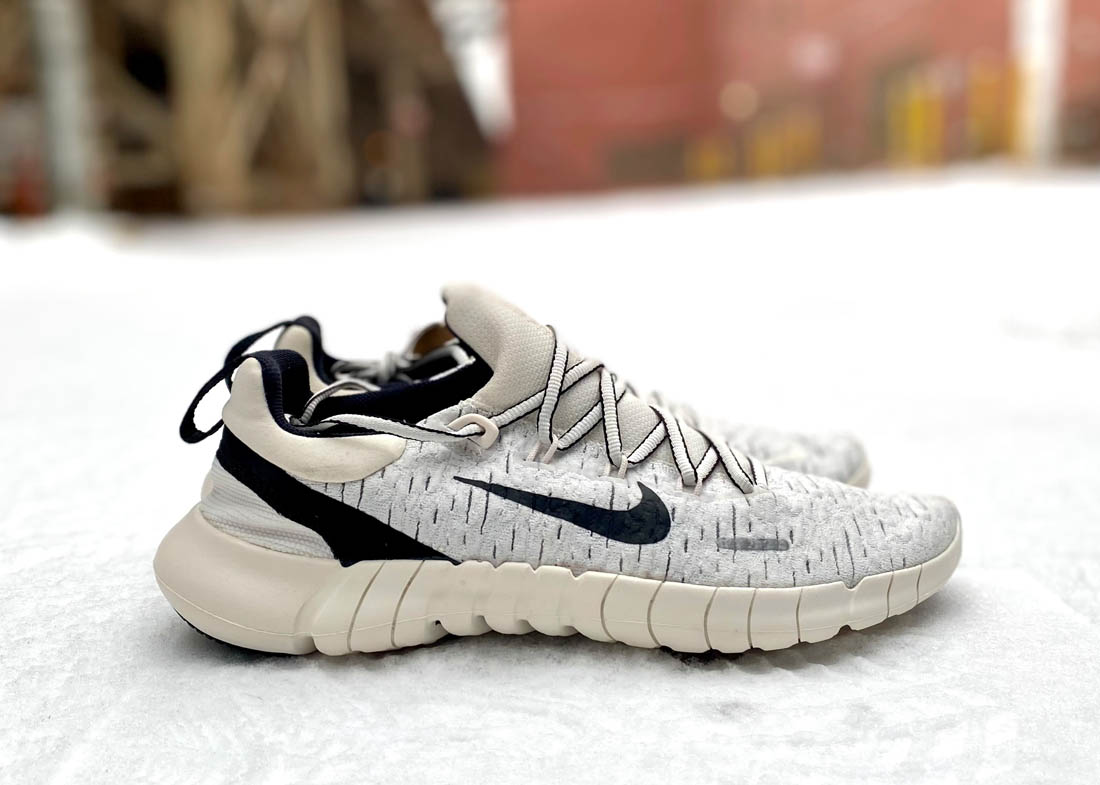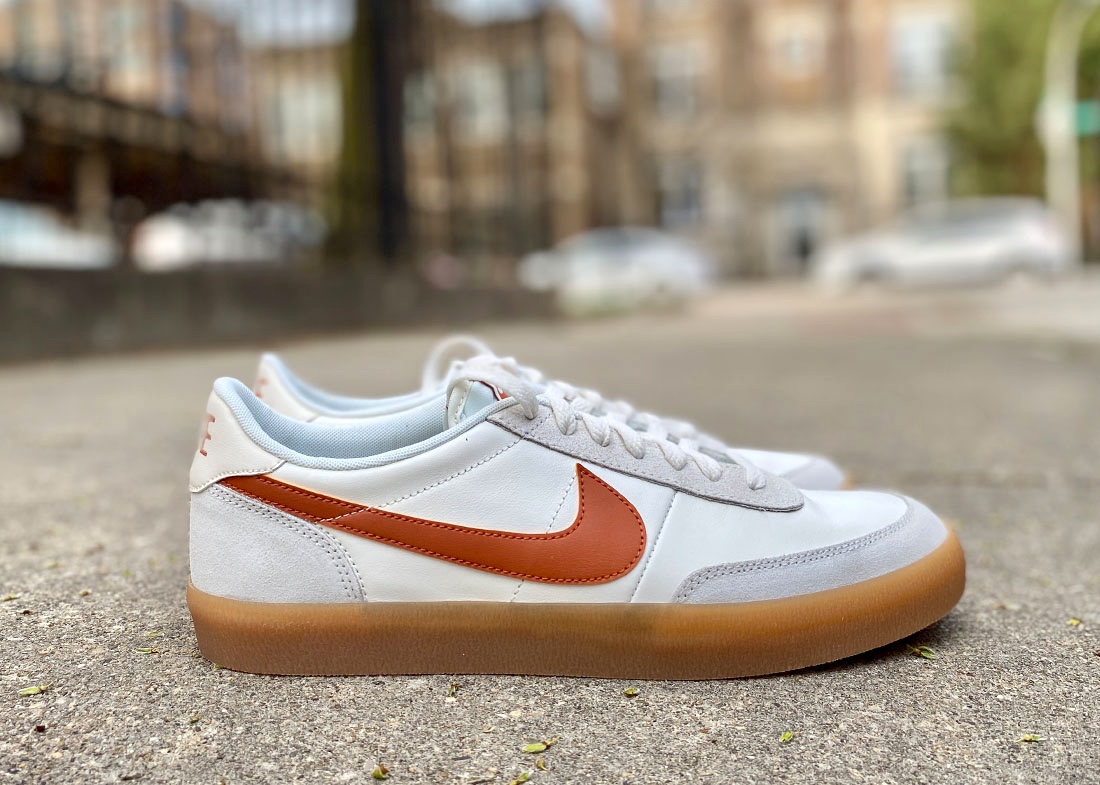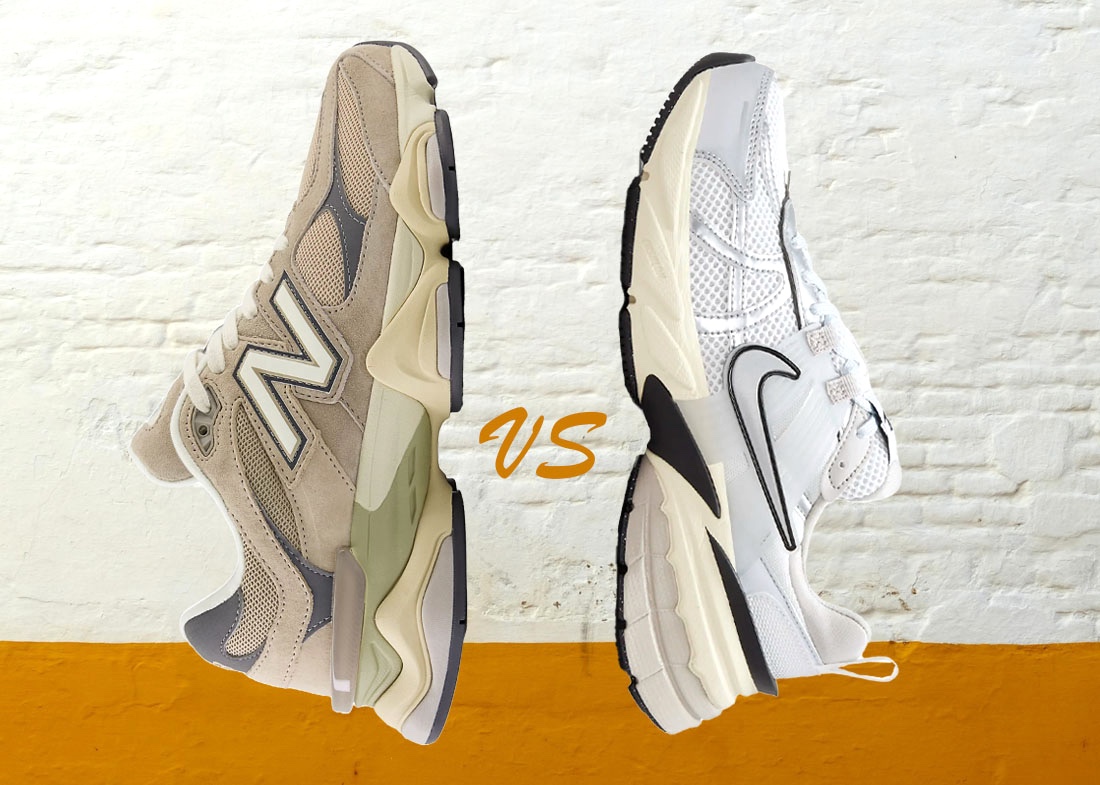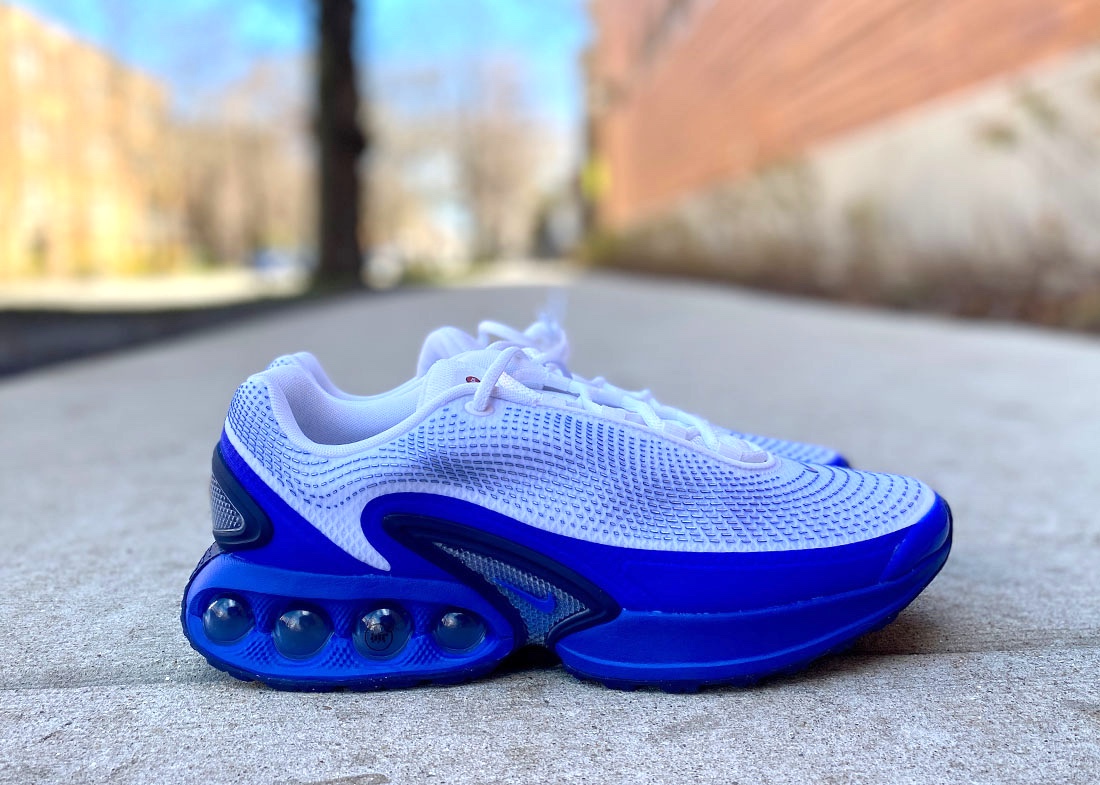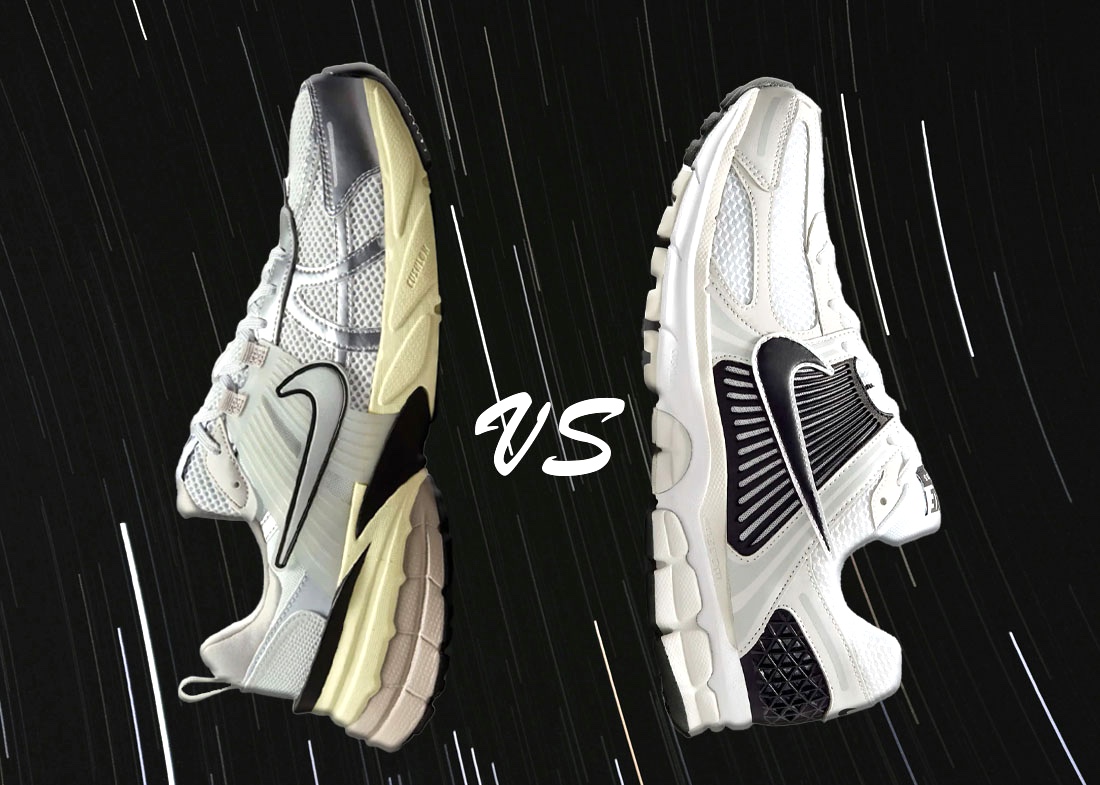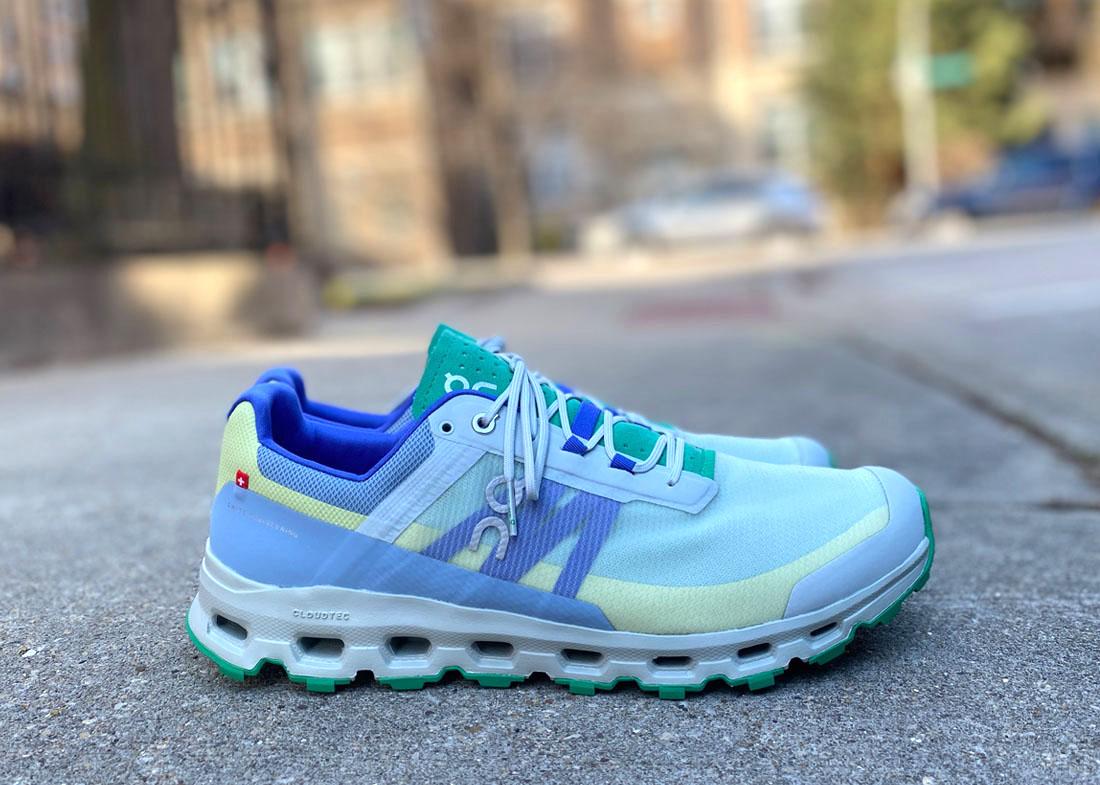Recently we came across a pair of Nike Free Run 5.0, making it a good time to get a closer look and review its latest features. This shoe from Nike was first introduced in 2005 as a minimalist running shoe, best suited for shorts sprints. Since then several versions of it have been introduced with slightly different looks but conserving its initial basic features as a superlight, flexible shoe. It was a big hit as much of the ones from the Free series, being used for much more than its original purpose.
How They Fit
In 2022 the Nike Free Run 5.0 got a new makeover and it was also made part of the Move To Zero campaign in which Nike used at least 20% recycled materials in its production. The pair we got was the one in Phantom Gray with black and white. Out of the box the first thing to notice is how light these are and so flexible that you can roll them in a ball or flex them in any direction. They fit true to size and they feel super comfortable right away, without any need to break them in. If not sure about your size you can check out our Nike shoes size chart here.
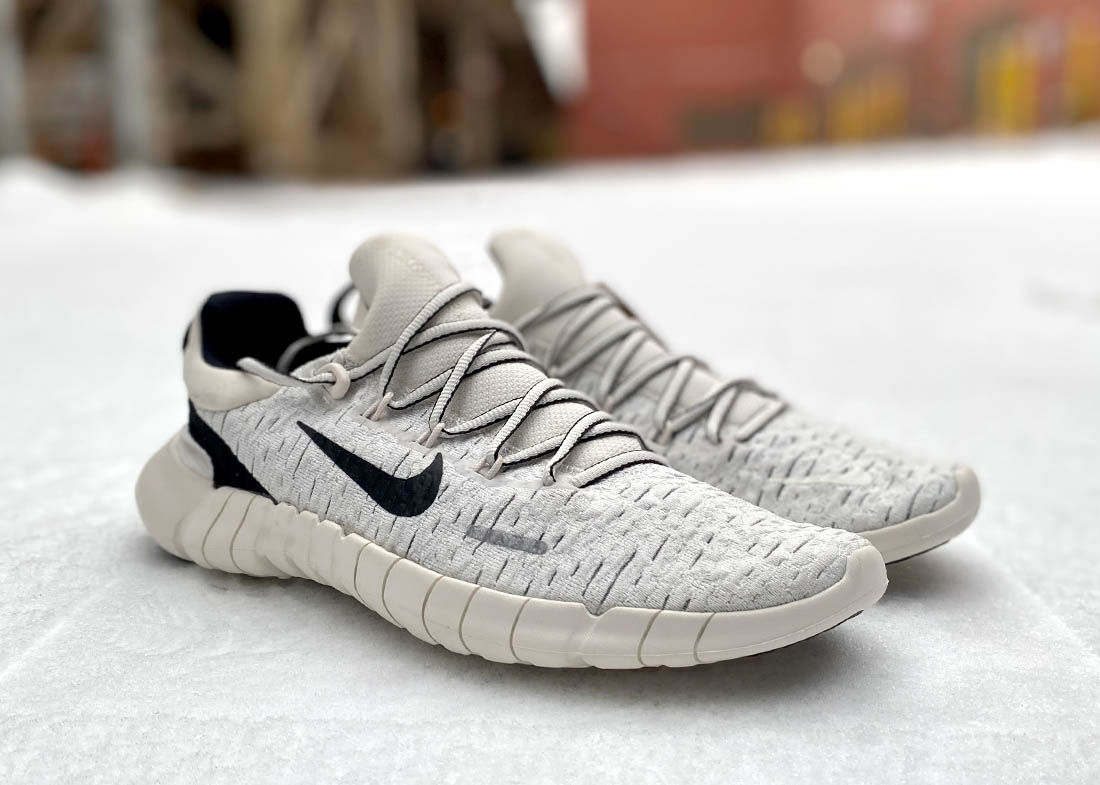
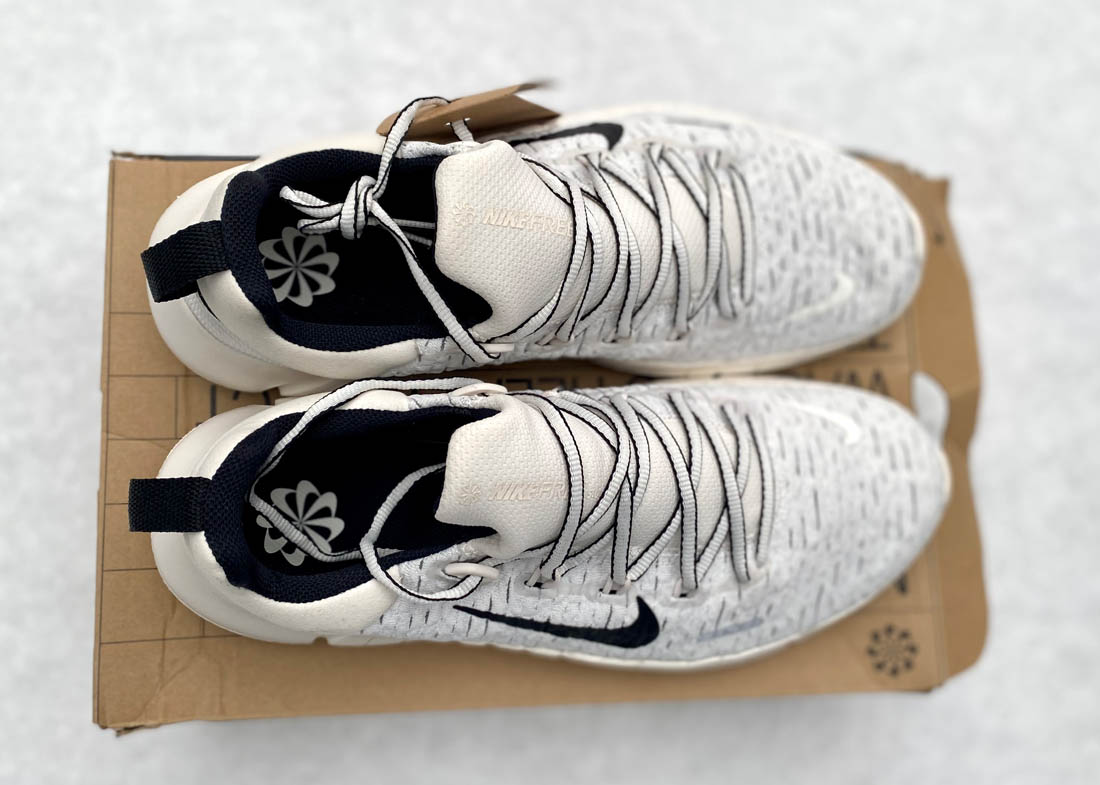
Upper
The upper for the Nike Free Run 5.0 is traditionally made of a strong, yet thin mesh that is super breathable. The pair we got, being part of the Move To Zero campaign, is made of at least 20% recycled materials (per Nike’s description). It feels like a mesh with high density and vertical openings for added breathability. As with the previous versions the mesh molds on your feet like a sock, with a quite roomy toe box. The upper is made to fit like a sock, the lacing system to only be used to secure the feet in. The Flywire technology remains in 2022 a big part of the construction of this shoe while being hidden by the upper mesh. It connects the lacing system to the midsole while also molding on the shape of your feet. The upper makes this shoe great for indoor use at the gym or outdoor in the summer or warmer days in general. Given that I have slightly wide feet, I realized quickly during my Nike Free Run 5.0 review fit me great yet there may not be enough support in the midsole for me.
Sole Unit
The sole unit of this shoe is very minimal which gives it incredible flexibility. The material used is Phylon foam and minimal rubber in the sole.The patterns of the outsole have changed over time but it kept the deep cuts that make it so flexible. On top sits a minimal EVA insole that adds a bit more cushioning. This way the shoe stays true to its original concept which was to build a shoe that will strengthen the legs by making it as close as possible to a barefoot experience. For this reason running in these for long distances is not recommended. They do make a great shoe to use in the gym for light running or workouts. They are certainly not great for cross fit exercises. Many are wearing these as casual sneakers which are great for as long as you don’t have to walk for long distances. The main reason for all this is that they provide little arch support. With the EVA foam being the same density across the whole midsole and with hardly any rubber areas it’s easy for an overpronator or underpronator to slide out of these on one side or the other. Same is the case if you are carrying a bit of a weight, the support you’ll get is minimal.
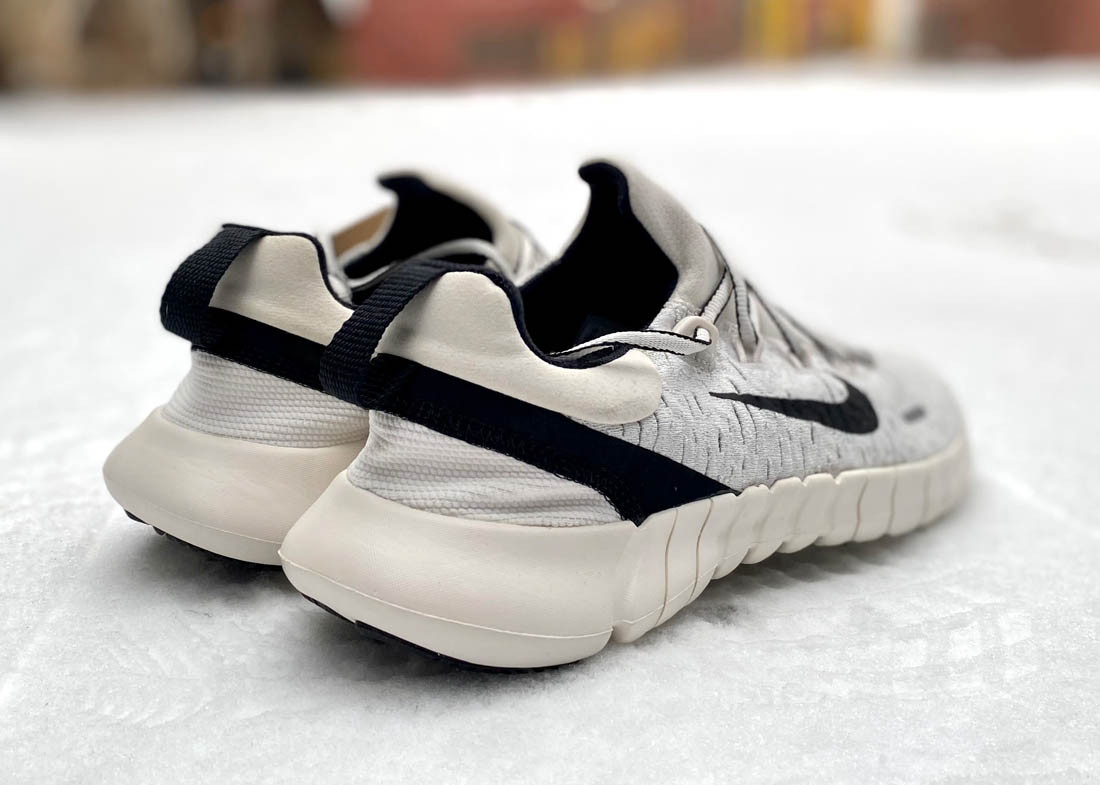
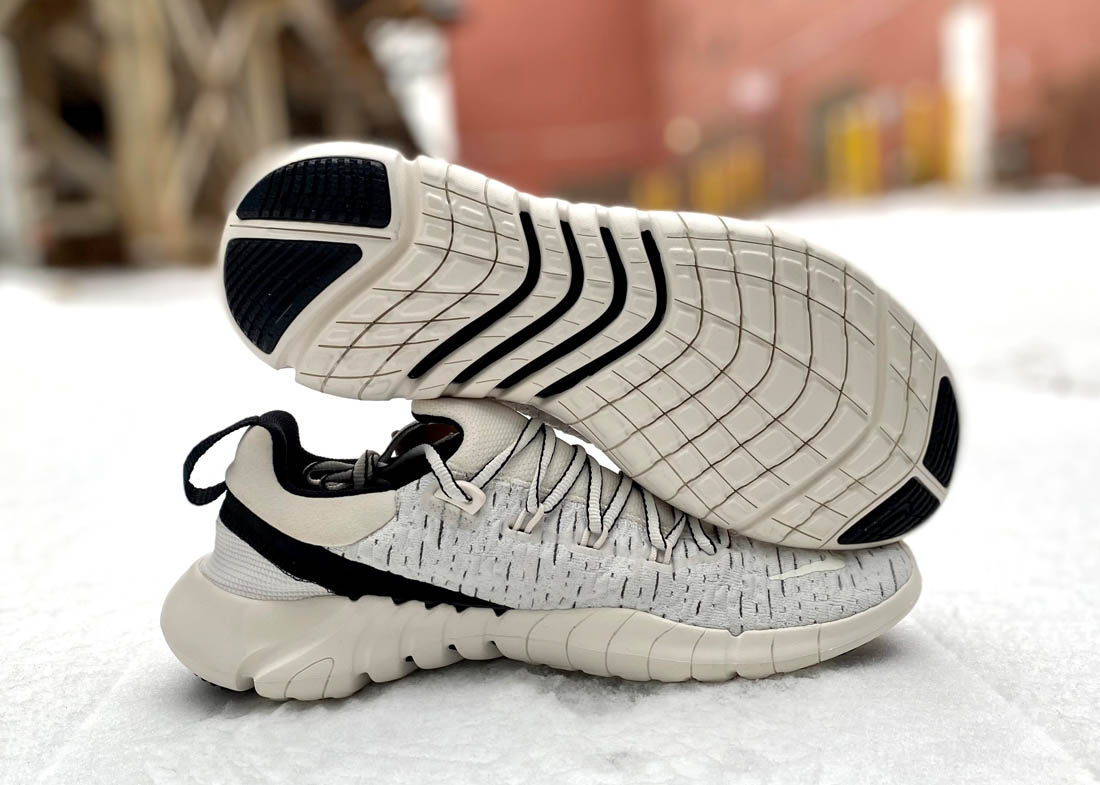
Are Nike Free 5.0 good for running?
The Nike Free Run 5.0, while originally intended for running, may not be the best choice for long-distance running. The shoe is a minimalist running shoe, best suited for short sprints. The sole unit is minimal, offering incredible flexibility, and the lack of significant arch support may make it less suitable for extended running distances. You can use them for light running or workouts in the gym but they would not be great for long-distance running.
Nike Free Run vs Nike Pegasus
The Nike Free Run series and the Nike Pegasus series cater to different preferences and running needs. The Nike Free Run series, epitomized by the 5.0 model, is designed as a minimalist running shoe, ideal for short sprints and light workouts. Emphasizing flexibility and a lightweight build, it offers a breathable mesh upper and a minimal sole unit. On the other hand, the Nike Pegasus series is celebrated for its versatility, providing a balanced combination of cushioning and support. Tailored for neutral runners, Pegasus shoes are suitable for various running distances and are known for their comfort and reliability. While the Free Run series excels in agility and a barefoot-like experience, the Pegasus series stands out for its adaptability and broader application across different running conditions and distances. Ultimately, the choice between the two depends on individual preferences, running style, and the specific demands of the runner.
Bottom Line
To conclude our review, the Nike Free Run 5.0 remains to this day one of the best minimalist athletic shoes on the market. While originally intended for running, it is more of an all around shoe for light athletic activities but they also do well as a casual shoe when you don’t have to stand up for hours or walk long distances. While its shape changed and will likely change over time, Nike seems to be keen on sticking to the original concepts when it came out with this style. It is a nice option to more expensive series like the Nike Infinity Run. Over a decade ago the brand came up with a budget version of this series, the Flex Experience.

